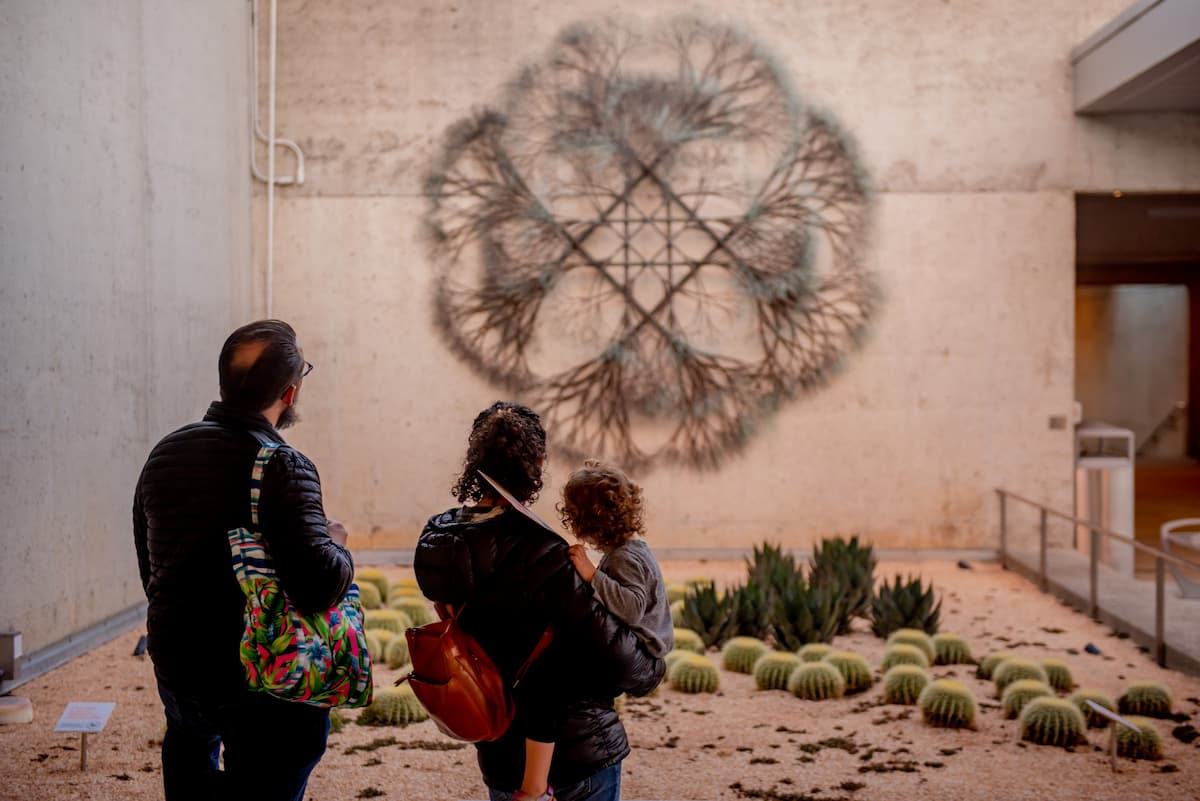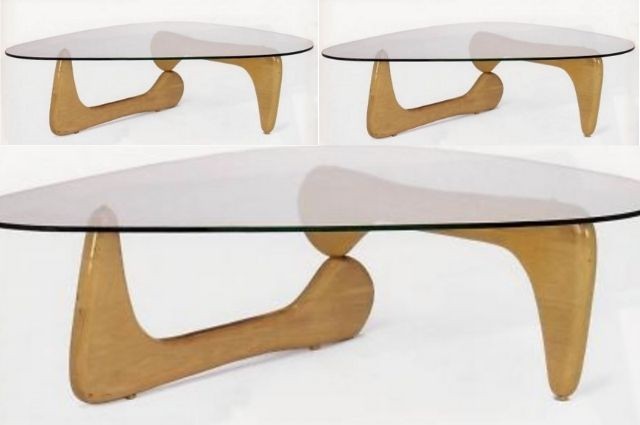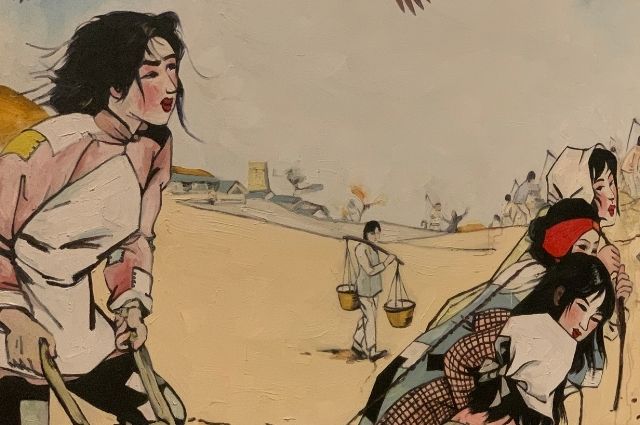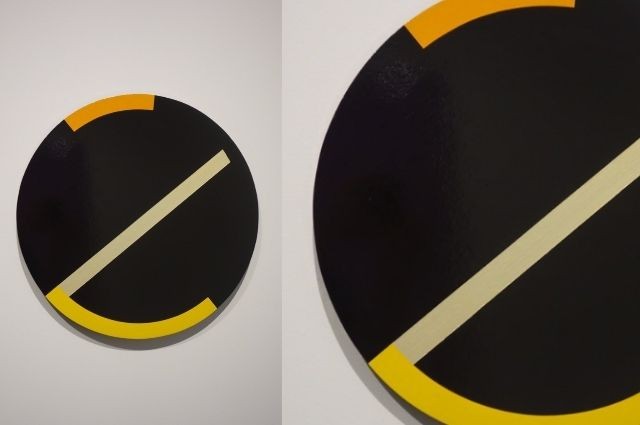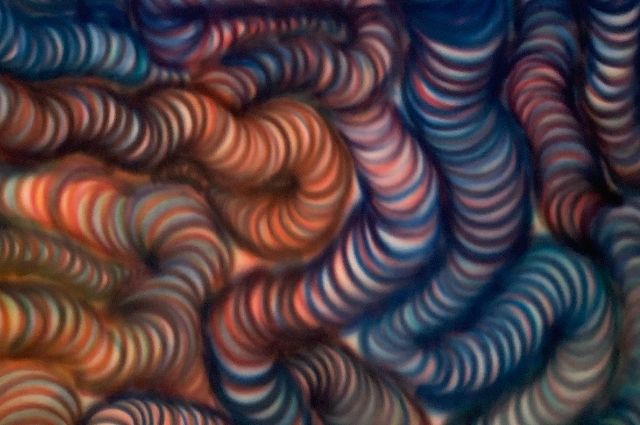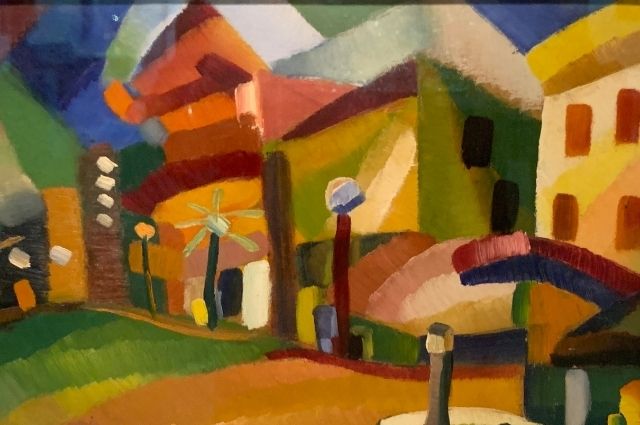Ruth Asawa: Celebrating the Art, Resilience, and Vision of a Creative Icon
This month we celebrate the life and work of Ruth Asawa, a pioneering artist whose influence continues to inspire generations of creatives, educators, and art enthusiasts. Born in California on January 22, 1926, Asawa became one of the most innovative sculptors of the 20th century, leaving a lasting imprint on the world of contemporary art. Her distinctive wire sculptures still captivate audiences decades after their creation while her legacy continues to enrich the cultural landscape of the Bay Area and beyond.
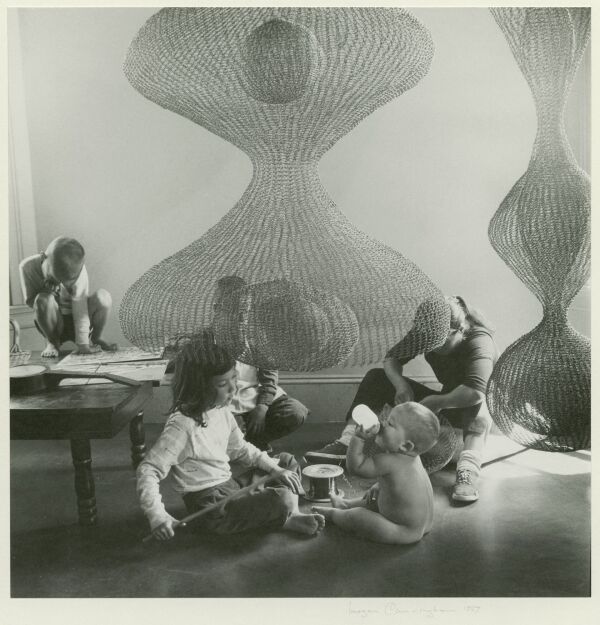
Imogen Cunningham — Ruth Asawa and Children
Asawa’s early life, marked by hardship and displacement, was a crucible for her creative expressive powers. As a Japanese American during World War II, Asawa and her family were sent to internment camps, a traumatic experience that left an indelible mark on her perspective as an artist. It was in these camps, amid adversity and confinement, that she began sketching and experimenting with forms, developing an enduring sense of resilience that would influence her artistic journey. Her experiences during this time shaped her work, fueling her dedication to the creation of art that spoke to the strength and beauty of the human spirit, even in the face of hardship.
After the war, Asawa studied art in California and abroad, eventually returning to the Bay Area, where her artistic vision truly flourished. It was here that Asawa developed her signature medium: delicate, intricate wire sculptures. Inspired by the natural world, her pieces evoke the organic shapes and forms found in the environment. Asawa’s mastery of wire manipulation enabled her to create sculptures that appeared almost weightless, suspended in mid-air and inviting viewers to experience them from multiple perspectives. Her work explored themes of interconnectedness, fluidity, and the beauty of imperfection—qualities that resonated with audiences and continue to captivate the imagination today.
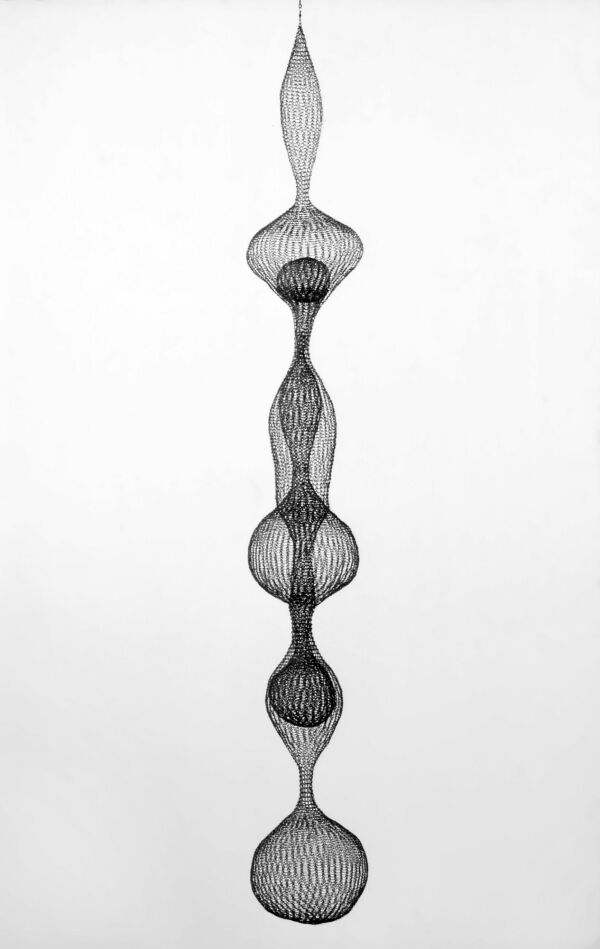
Ruth Asawa, Untitled, sculpture, 1959
While Asawa’s art was celebrated in galleries, it was her public sculptures that cemented her place as a key figure in the cultural fabric of the Bay Area. Landmarks such as the stunning fountain at San Francisco City Hall and the striking sculpture at the entrance to the Oakland Museum of California (OMCA) are beloved pieces that reflect Asawa’s dedication to making art that is accessible to everyone. These public sculptures, intricately woven and beautifully positioned in their surroundings, continue to serve as points of connection and inspiration for the communities they serve.
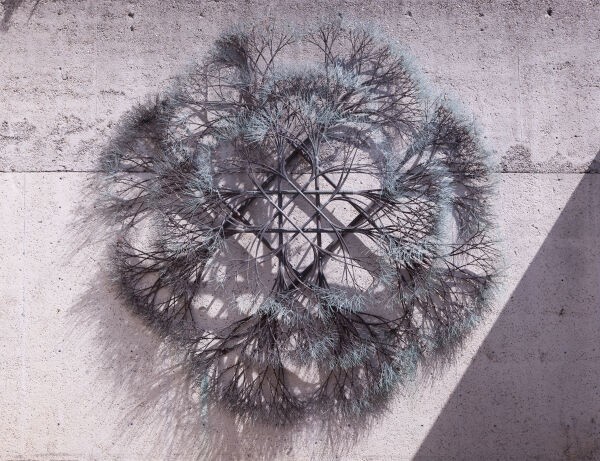
Ruth Asawa, Untitled, sculpture 2007
On this day, as we celebrate Ruth Asawa’s birthday, we honor not only the beauty and ingenuity of her art but also her unwavering commitment to resilience, community, and the next generation of artists. Ruth Asawa’s work continues to inspire us, reminding us of the timeless connection between art, nature, and the strength of the human spirit. Her legacy is one of profound impact—both through her art and her advocacy for a more creative and inclusive world. Happy birthday, Ruth Asawa. Your spirit lives on in every line, every curve, and every wire.
